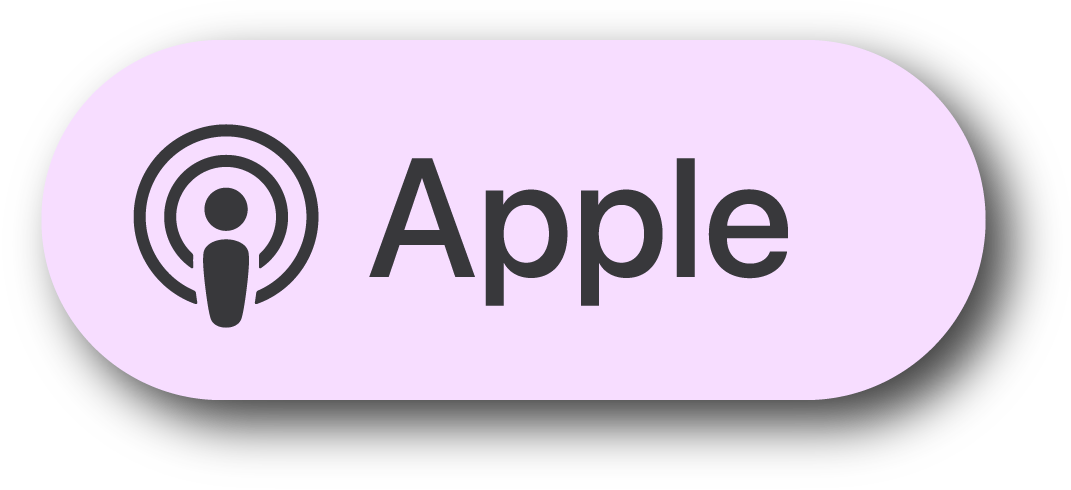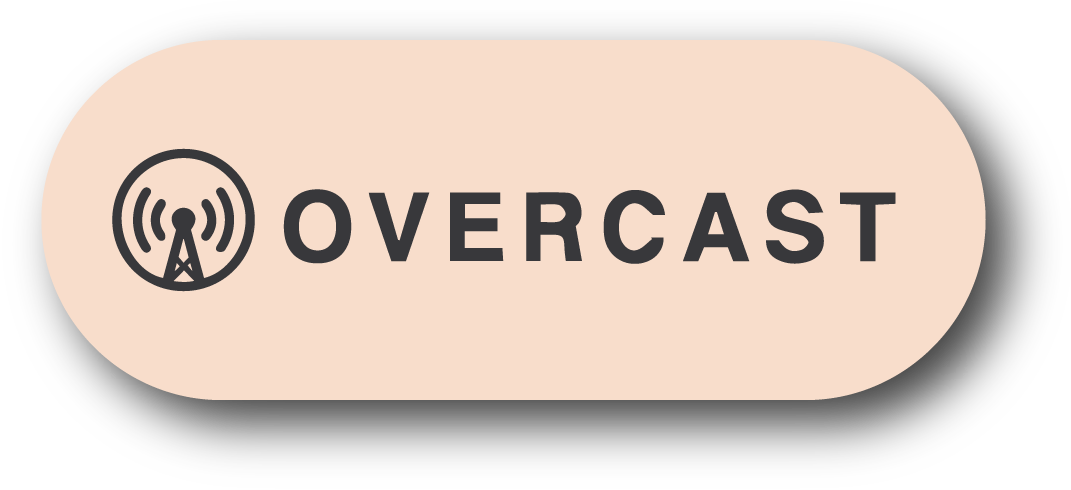#430 - SARA BRONIN, Professor of Cornell University and Author of Key to the City
SUMMARY
This week David and Marina of FAME Architecture & Design are joined by Sara Bronin, Professor of Cornell University; Founder of National Zoning Atlas; and Author of Key to the City: How Zoning Shapes Our World; the three discussed Sara’s childhood & education; her early career; Key to the City book; legalities and authorities of zoning codes; negative effects of zoning codes; National Zoning Atlas; improving zoning regulations; architecture education’s impact on zoning perspective; affordable housing and gentrification; and more. Enjoy!
ABOUT SARA
Sara C. Bronin is a Mexican-American architect, attorney, Cornell University professor, and policymaker whose interdisciplinary work focuses on how law and policy can foster more equitable, sustainable, well-designed, and connected places. She is the author of Key to the City: How Zoning Shapes Our World, and she founded and directs the National Zoning Atlas, which aims to digitize, demystify, and democratize information about zoning in the United States.
Bronin is one of the foremost American scholars in property, land use, zoning, and historic preservation law, having co-authored two treatises, four books, and dozens of articles. She has been a reformer and change-maker in public roles at the local, state, and federal levels. She holds a J.D. from Yale Law School (Harry S Truman Scholarship), M.Sc. from the University of Oxford (Rhodes Scholarship), and B.Architecture and B.A. in Plan II from the University of Texas. A seventh-generation Texan, Sara is a native Houstonian.
TIMESTAMPS
(00:00) Sara's childhood home & education.
(06:41) Why Sara studied law.
(08:47) Early career.
(12:12) Zoning codes and ‘Key to The City’.
“Zoning codes are written in a totally inaccessible way. The zoning codes are 150 pages long and filled with jargon. They are inconsistent internally, so there might be cross-references that don't make sense or definitions that contradict each other. Overall, they're not written so people can understand and engage with them. They're written like any dense legal text that’s only for experts to access. I think that's why people feel disconnected or not even interested in zoning codes. Once you open your town’s zoning code and there are 230 pages with 50 chapters, you’ll be like, ‘Forget it.’ So what I'm trying to do in the book [Key to the City] is to try and show the key ideas, the words people might look for, and trying to give people an entry point to engage with their city’s codes.” (14:17)
(17:25) How the zoning codes are written and decided.
(19:04) Negative effects of zoning codes.
(22:06) Who should oversee zoning regulation approvals?
“The only way to make changes in your community is to raise your hand and be there in the trenches. The interesting thing happening in communities around the country [US] is that it’s shifting away from largely exclusionary zoning. For example, zoning regulations with minimum lot sizes and single-family requirements have been designed to exclude people. You're seeing the ‘Yes in my backyard’ movement. For the first time, people are showing up to testify in favor of new housing, promoting bike infrastructure, or other provisions that might make a code more environmentally sustainable. It starts with the one person or a couple of people that are showing up at the meetings, raising their hands, writing the blog posts, encouraging their friends to show up, and keeping that momentum going.” (22:57)
(26:26) National Zoning Atlas.
“A third of the codes reviewed by the zoning code and geospatial partnership had discrepancies between the map and the text. We've always identified extinct districts or districts that used to exist in the text and then got erased but they are still on the map. We've also always logged unmapped districts or things that are in the text but aren't mapped. But what we haven't logged was serious discrepancies. For example, the districts on the code are named ‘Commercial One, Commercial Two, and Commercial Three,’ but the only thing you see on the map is ‘Commercial District.’ So, what's one, two, and three? What rules apply? [It’s a serious problem when there’s no correlation between the map and the code.] That can cause serious legal issues. People think, “Oh, zoning, we can't touch it. It's sacred.” But it's not that sacred and it can also be wrong.” (31:37)
(34:25) Zoning codes increasing complexity.
(40:44) Improving zoning regulations.
(44:02) Architecture education’s impact on zoning perspective.
(47:17) Implementing elusive qualities of delight and beauty.
“There is no substitution for architectural and aesthetic education. We should have that in our schools so that everybody can benefit from a more educated populace in art, just like how we educate for science and math. Architecture and design are all fundamental things that we should know about and have some training or understanding of, and we don't.” (47:48)
(50:33) Positive changes to zoning codes.
(54:30) Zoning code effect on affordable housing and gentrification.
“The best way to keep housing affordable is to create more. The research shows that across the board, anybody who says otherwise is not factually correct. In New York City, there has been a huge amount of new housing constructed. Without that new development, you would have more pressures in other neighborhoods and rents would have risen or house prices would have risen faster than if you did not have those homes to relieve some of the pressure. So, in general, a zoning code that allows more housing will be a zoning code that allows a more affordable city.” (55:12)
(57:42) Sara's favorite city.













